In a nation of over 1.4 billion people, the experience of being a woman and girl in India is mirrored in cases of sexual violence.
Why is India known as one of the most dangerous countries in the world for women?
Why does a land of rich cultural heritage and historical significance continue to be the epicenter of grave violations of human rights even after 78 years of independence?
Why is it that rapes cases in India face backlog, and the number of new cases supersede the number of cases disposed of every year?
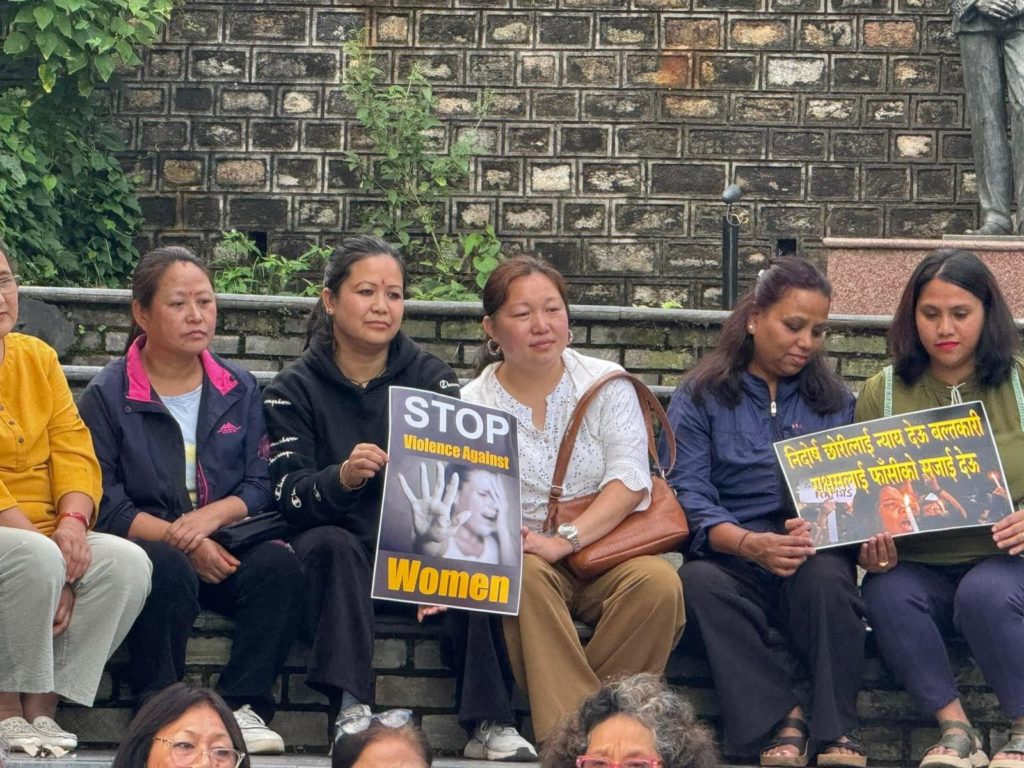
Strict laws were enacted after the 2012 Nirbhaya case, like the Criminal Law (Amendment) Act 2013, but enforcement remains inconsistent across different regions and police jurisdictions.
In 2022, the National Crime Records Bureau (NCRB) reported 445,256 cases of crimes against women.
Candlelight vigils, reclaiming nights for women, silent prayers, and thunderous marches occur year after year on city streets across our nation.
How many more Nirbhayas and Bilkis have to endure the lowest forms of human indignity to wake a nation and its leaders from their deep slumber?
How many more brutal crimes like that of the RG kar Kolkata Hospital rape and murder, Shakti mills south Mumbai rape, Ajmer gang rape, and Hathras rape case will continue to provoke citizens to raise their voices on the streets only to find another innocent life of a daughter, a mother, a sister or an employee lost again?
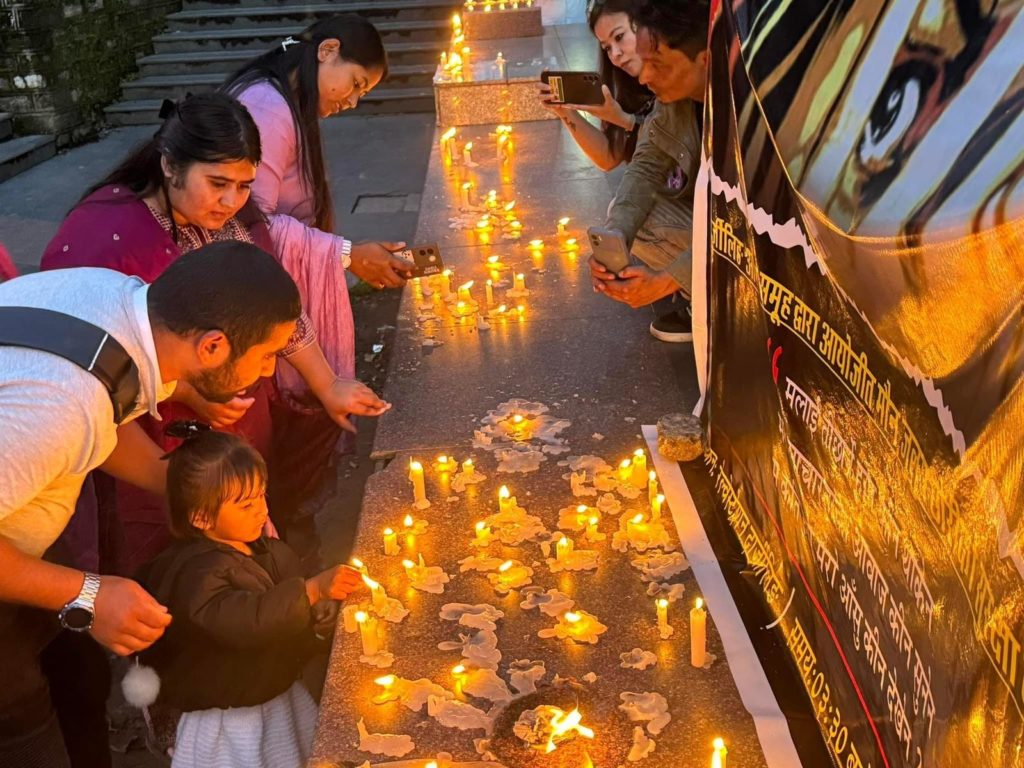
What will it take for our honourable Prime Minister, who championed ‘Beti Bachap Beti Padhao’, to reclaim women and girls’ rightful place in terms of their safety?
Women, whether affluent or from marginalised communities, whether young or old, a CEO or seamstress, are all subjected to the same level of harassment and abuse, revealing a systemic issue that transcends economic and social boundaries.
As a social worker, I often hear testimonies from women and girls about their nerve-wracking walks alone to school or college, or their constant anxiety while using public transportation.
One girl described the experience, saying “I feel like I’m entering a battlefield where I have to constantly wrestle with fight or flight defense mechanisms.”
Imagine the traumatic experiences every Indian woman can recount from childhood to adulthood: unwanted glances, unwanted touches, and unsolicited advice on how they should conduct themselves to stay “safe” forever etched in their core memory.
We need to change the narrative on women’s safety, because as women we cannot afford to be in a state of high alert when alone on the streets, at work, or in public spaces.
Can we dare to rewrite this narrative by starting with our boys and men, teaching them early on to be part of the solution and not the problem?
We can first begin at home by incorporating these simple practical steps to change the narrative: modelling healthy relationships and communication through treating others with kindness and mutual respect, engaging in honest conversations about consent, teaching boys to challenge negative gender stereotypes, encouraging empathy by discussing feelings and perspectives, using real-life examples to help boys understand the impact of disrespectful behaviour, urging accountability, and supporting positive male role models who embody respect for both men and women.
This will help contribute to a broader cultural shift towards addressing and preventing rape culture by engaging men and boys to become allies in championing women’s safety and to see themselves not as ‘superior’ to women, but equal in dignity and worth.
We cannot allow the growing damaging portrayal of women in media and movies, which heavily influences perceptions carried by men, especially young boys.
What women in India need today are substantial reforms of societal attitudes, school curriculums, and clear and concise legal protections.
We are a country that takes pride in celebrating traditions and festivals across all faiths – why can’t these traditions install values that put protection of its girls and women on a high pedestal?
Efforts should focus on nurturing a culture of respect and equality from a young age and implementing rigorous measures to combat violence against women.
Our states and its CMs need to do better by redefining women’s safety in India – not using cases of violence against women as a political tool, but creating and enforcing laws that actually protect women, deliver benchmark verdicts on rape cases, and set a high precedent for justice.
To be a woman in India requires courage, and it often takes gruesome deaths—the suffering of many lost lives—to draw attention to our plight and to demand better protection from society and political leaders.
For our country’s greatness doesn’t lie in nuclear deals and treaties signed, wars won across borders, or investments in infrastructure, but in how it treats its women and girls, upholding the sanctity and value of their lives.
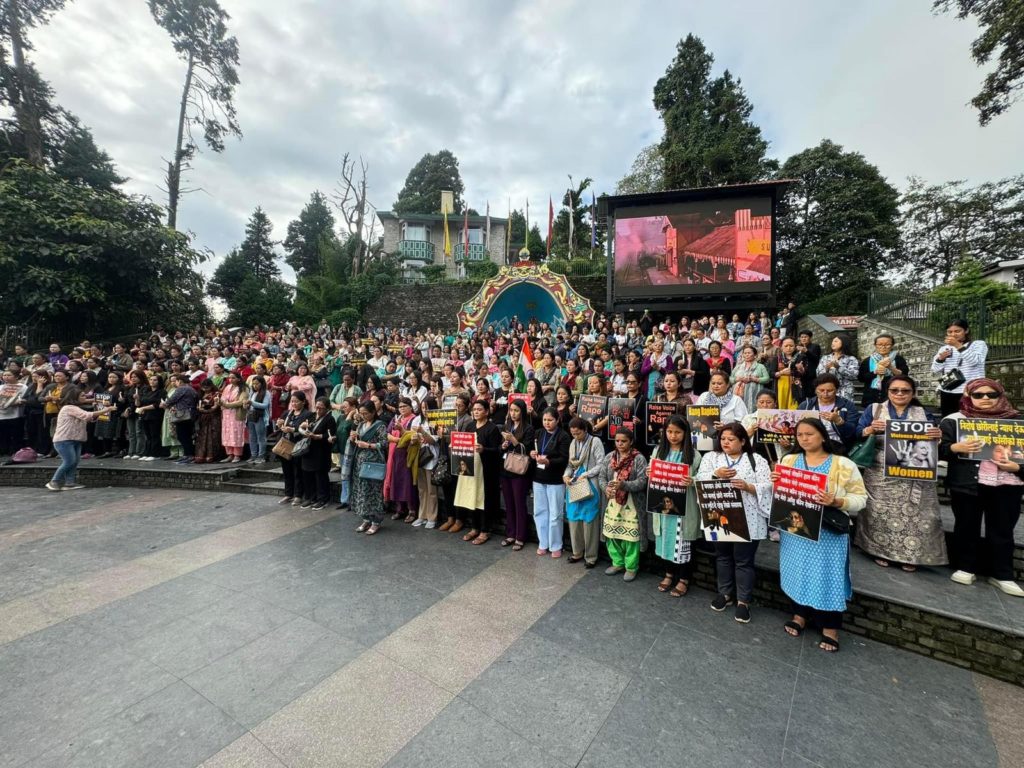
About the Author: Moumita Khati (Bunu), embodies the ultimate blend of courage and strength, dedicating her life to combating human trafficking through her NGO Light House Disha. With an unwavering passion, she provides a safe haven for rescued girls, empowering them with skills in hotel management, beauty parlour training, and tailoring. Many have gone on to thrive in prestigious establishments like ITC Sonar and other top hotels. A cancer survivor, she faces her third relapse with unrelenting resilience, refusing to surrender to the disease. Her unbreakable spirit continues to inspire hope and strength in all who know her.

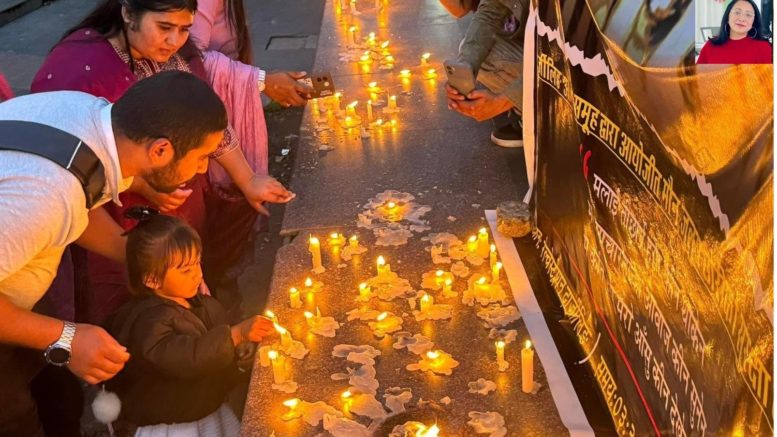


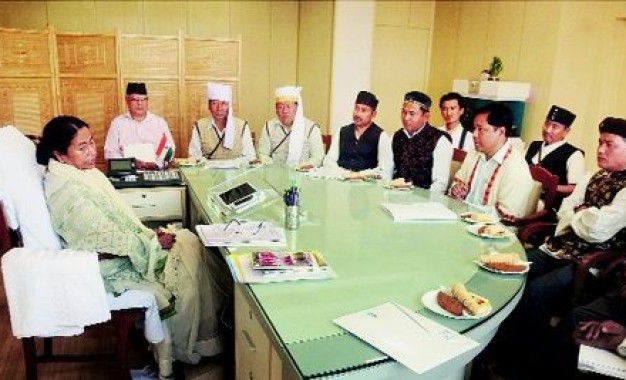

Be the first to comment on "What Does It Mean To Be A Woman In India? "